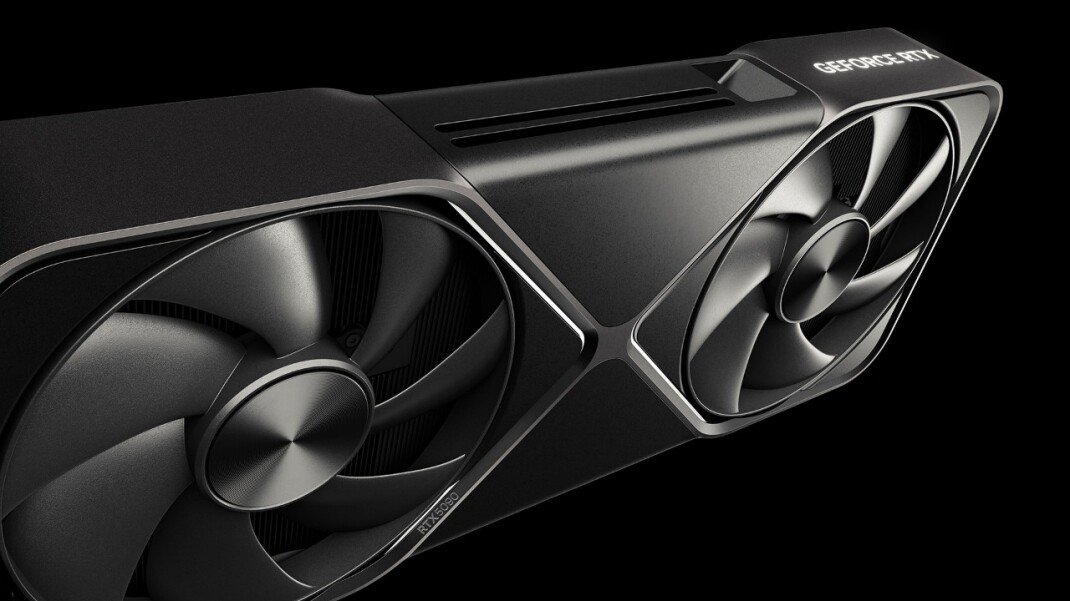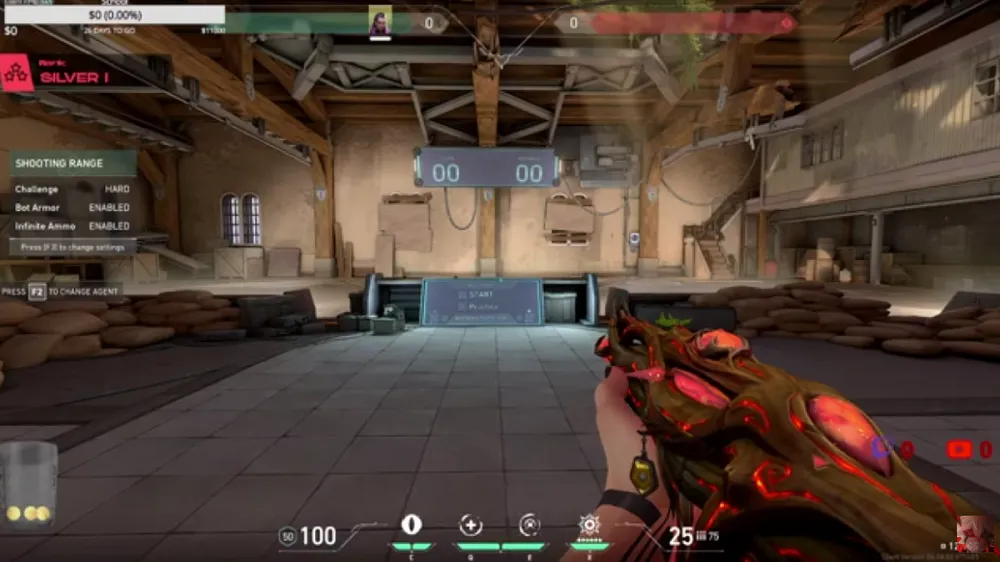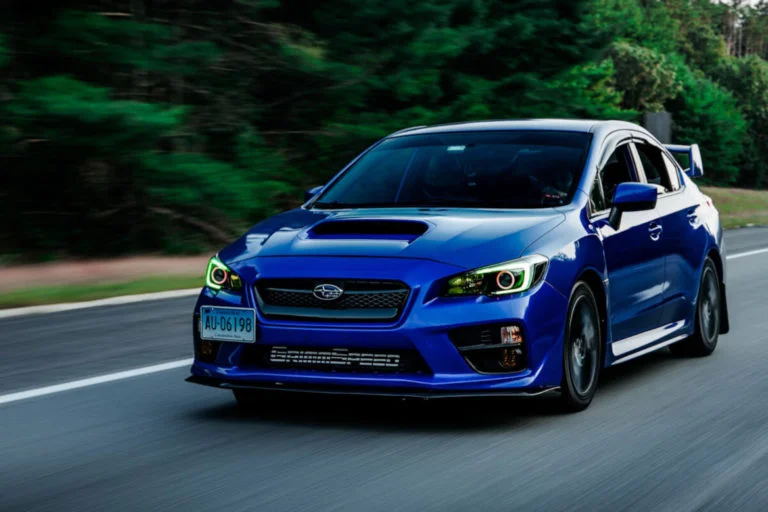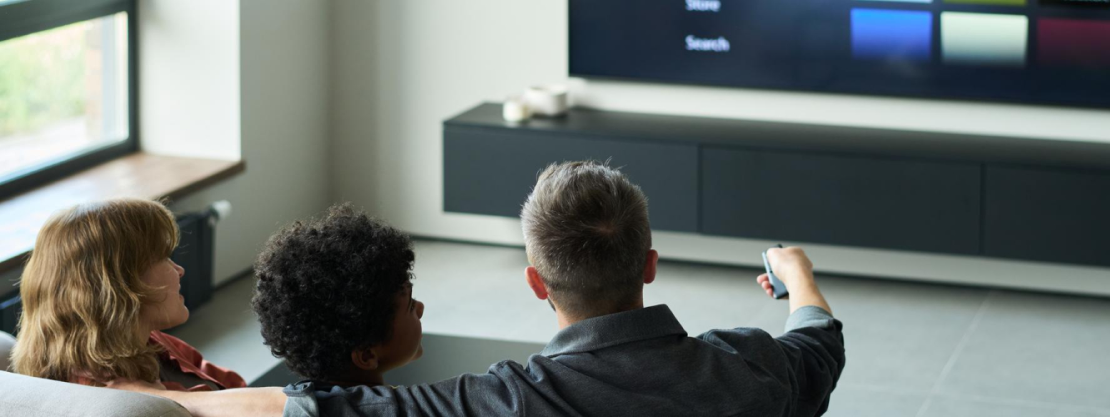Graphics card failures always raise alarms, but when a brand-new RTX 5090 or 5090D seemingly dies without warning, the frustration cuts deeper. In this guide, you’ll learn what “bricked” means in GPU terms, spot early warning signs, try recovery steps, and take steps to avoid such disasters.
What Does “Bricked” Mean in GPUs?
When your GPU becomes “bricked,” it essentially turns into a lifeless shell. The card won’t display output, won’t respond to flashing, and sometimes won’t even spin its fans properly. It’s far more severe than a driver crash or artifacting.
-
Soft brick: The GPU appears dead, but recovery remains possible via dual BIOS, blind flashing, or booting from a fallback mode.
-
Hard brick: The firmware or EEPROM gets corrupted in a way that normal tools and methods can’t revive it.
In the case of RTX 5090 bricked GPU, users often face:
-
Blank screen during boot
-
Device not showing up in Device Manager
-
POST errors or inconsistent BIOS beeps
-
GPU fans spinning erratically or not at all
Bricking differs from standard hardware failure because the card may still have power, but logic circuits or firmware become unusable.
Patterns in RTX 5090 & 5090D Bricked Issues: Early Reports
Soon after the 50-series launch, community threads began spilling user complaints. Forums like Reddit r/GPUs, NVIDIA Developer forums, and hardware review sites share multiple reports of RTX 5090D BIOS failure and firmware corruption. Some common threads:
-
Bricking happens right after a BIOS or firmware update
-
Overclocked units failing during heavy workloads
-
New cards out of the box that won’t initialize
-
Use of third-party flashing tools triggering failure
Here’s a snapshot of reported patterns:
| Scenario | Common Trigger | Frequency* |
|---|---|---|
| BIOS update fails mid-process | Power loss, unstable flash | High |
| Overclocking or undervolting | Aggressive voltage/power tuning | Medium |
| Faulty factory firmware | Early batches shipped with corrupt VBIOS | Low but severe |
| Driver conflict + mod tools | Using exotic GPU tweaks | Medium |
* Based on user threads and hardware forum surveys as of mid-2025.
These reports suggest that the bricking problem isn’t isolated—it’s systemic in certain conditions.
Possible Causes of RTX 5090 / 5090D Bricking
Understanding root causes helps you diagnose and prevent future loss. Let me break down the main culprits.
Faulty BIOS or Firmware Updates
The firmware (VBIOS) contains essential code that initializes the GPU. If a BIOS update goes wrong—say, your power cuts out mid-flash—you can permanently corrupt that chip. Some users tried updating to newer beta firmware versions and ended up with dead cards.
Driver Conflicts or Incomplete Installations
Driver updates sometimes change GPU settings or enforce a new mode the hardware can’t support. In extreme cases, a botched driver rollback or incomplete install may leave firmware in an inconsistent state—especially with a new architecture like the 50-series.
Overclocking and Power Limit Stress
Pushing GPU limits is common among enthusiasts. But exceed tolerances, and power circuits or memory controllers might fail. The RTX 5090D, which increases performance slightly over standard 5090, may draw more power, making it more vulnerable to PSU stress or voltage spikes.
Manufacturing or PCB Defects
Some early units may ship with faulty components. A weak capacitor, marginal power trace, or defective EEPROM chip can predispose a card to bricking when stressed.
Use of Unverified Flashing or Mod Tools
Third-party tools—like unofficial BIOS editors or patched flashing utilities—can overwrite critical regions of the EEPROM. Users sometimes flash modified VBIOS to push performance, but one wrong command can turn your card into a paperweight.
How to Detect If Your RTX 5090 / 5090D Is Bricked
Before accepting defeat, go through a diagnostic routine. Try the steps below:
-
Check display output
-
If you get no signal at all, even during boot, that’s a red flag.
-
-
Observe fans and LEDs
-
Do fans spin? Does the card light up? Partial signs may point to firmware issues.
-
-
Look in Device Manager / BIOS
-
If the GPU doesn’t appear in Windows or in UEFI, that’s more serious.
-
-
POST beeps or error codes
-
Some motherboards log problematic hardware via beep codes or debug LEDs.
-
-
Run NVFlash or GPU diagnostic tools
-
If NVFlash cannot detect or query the card, the firmware is likely corrupted.
-
Below is a simple flowchart of diagnostics:
This helps you assess which area you fall into: recoverable vs irreparable via software methods.
Fixing Bricked RTX 5090 / 5090D: Recovery Methods
If you’ve confirmed the card is “bricked,” don’t discard hope yet. Several documented recovery techniques exist. Always approach carefully and with caution.
Step 1: Reset BIOS / Blind Flashing
Blind flashing means writing firmware without seeing output. People often use a backup or original VBIOS in command line:
-
Boot a minimal OS (DOS, Linux Live USB)
-
Use NVFlash with “–protectoff” and “–force” flags
-
Write the original backup VBIOS
-
Reboot and hope for display
Some cards have dual BIOS chips; toggling between them sometimes revives dead firmware.
Step 2: Reinstall or Roll Back Drivers
Once the GPU reappears, use DDU (Display Driver Uninstaller) to completely clear old drivers. Then install a stable, verified driver version. Sometimes driver conflicts hide deeper faults.
Step 3: Inspect PSU and Power Connections
Beyond software, your power supply is the backbone. A faulty or underpowered PSU can cause surges or voltage drops, damaging the GPU. Make sure:
-
Cables are properly connected
-
PSU wattage meets system demands (see table below)
-
Avoid cheap adapters or extensions
Recommended PSU wattages:
| Setup | Suggested PSU |
|---|---|
| RTX 5090 + high-end CPU | 850W – gold+ rated |
| RTX 5090D + overclock | 1000W – platinum rated |
| Multi-GPU / high overclock | ≥ 1200W |
Step 4: Professional EEPROM / PCB Repair
If flashing fails completely, you might resort to hardware-level repair:
-
Use EEPROM programmers to reprogram firmware
-
Replace or re-solder corrupted chips
-
Submit card to authorized repair centers or request RMA from manufacturer
These methods carry risk and require technical skill or professional help.
Preventing Future Bricked GPU Issues
Once (if) you recover, take steps to keep it from happening again.
Best Practices: Do’s and Don’ts
| Do | Don’t |
|---|---|
| Back up original VBIOS before any update | Flash firmware as soon as you get the card |
| Use verified, vendor-supplied BIOS versions only | Use random mod BIOS from untrusted sources |
| Use a reliable PSU with headroom | Run PSU at maximum capacity always |
| Monitor temps and voltage under load | Overclock aggressively without tests |
| Use safe driver versions; keep backups | Jump immediately to bleeding-edge drivers |
| Use dual BIOS (if available) | Ignore BIOS switch in dual-BIOS cards |
Also, avoid flashing or tweaking your GPU during a storm or when power is unstable—those are risky moments.
NVIDIA’s Response & Community Sentiment
So far, NVIDIA hasn’t issued a broad recall or replacement program for bricked 50-series cards. Some users report receiving limited assistance via support channels, but many cards fall outside warranty when firmware has been altered.
Community voices echo frustration:
“I lost a $2,000 card after a BIOS flash. NVIDIA told me it’s user-caused.” — Reddit user
“The 5090D is powerful but unforgiving. One bad flash and you’re done.” — Forum post
Reviewers and system integrators speculate future firmware updates will patch safer flashing and recovery mode options. Until then, community reaction remains tortuous: pride in performance, but fear of total failure.
Real User Case Studies
Case 1: BIOS Update Gone Wrong
A user flashed their RTX 5090D from a website version. Halfway through, power dipped, and the card went dead. They ended up using a Linux Live USB, blind flashing a known stock BIOS via NVFlash. Display returned. Moral: never trust unverified BIOS files.
Case 2: PSU Overload Disaster
Another builder used a 750W PSU for a 5090 + high-end CPU combo. During a furmark stress test, power surged, and the GPU failed mid-session. The card never recovered. The user replaced the PSU with a 1000W platinum unit—later cards ran stable.
Case 3: Recovery via Dual BIOS Switch
One person bought a 5090 with dual BIOS. After botching an overclock, the default BIOS died. They flipped to the secondary BIOS and used it to reflash the primary. Both chips revived. Dual BIOS literally saved the day in this scenario.
These stories highlight the fine line between success and disaster.
Is It Still Wise to Buy an RTX 5090 / 5090D in 2025?
You must balance risk and reward.
Pros
-
Leading-edge performance in 4K, AI tasks, and ray tracing
-
New architecture with innovation headroom
Cons
-
Early units have bricking risk
-
Firmware in flux; driver support still stabilizing
-
Greater sensitivity to power/voltage stress
If you wait for later silicon revisions (binned, tested batches), the risk drops. For most users, buying a proven and stable GPU like RTX 4090 or waiting for newer 50-series variants makes sense.
However, if you want bleeding-edge performance and accept some risk, just proceed with caution: backup firmware, use premium PSU, and don’t tinker recklessly.
Frequently Asked Questions (FAQ)
What causes RTX 5090 bricking?
Corrupted firmware updates, unstable power delivery, or misuse of flashing tools are common culprits.
Can a bricked 5090 be fixed at home?
Yes—through blind flashing or dual-BIOS toggling—if you have the right tools and patience.
Is the 5090D more vulnerable?
Possibly. Its higher power draw magnifies risks under weak PSUs or aggressive tuning.
Should I update the BIOS on my 5090?
Only if NVIDIA releases a verified patch addressing a critical bug—and always back up your original BIOS first.
How to safely overclock the 5090 without bricking it?
Make incremental adjustments, stress test each step, monitor voltages, stay within thermal limits, and avoid flashing BIOS-level mods.
Conclusion: Lessons from the 5090 Bricking Saga
The rise of RTX 5090 bricked issues serves as a cautionary tale. Cutting-edge hardware brings unparalleled power—but it often arrives with hidden hazards. Firmware, power, and overclocking misuse all contribute to these failures.
If you own one of these GPUs, proceed with respect. Back up firmware, use a stable power supply, avoid risky mods, and never flash on a shaky setup. And if you’re about to buy one—consider waiting for proven units or alternative models.
In the end, performance rarely excuses permanent hardware loss. Approach the 50-series with ambition—but also with care and prudence.








Leave a Reply